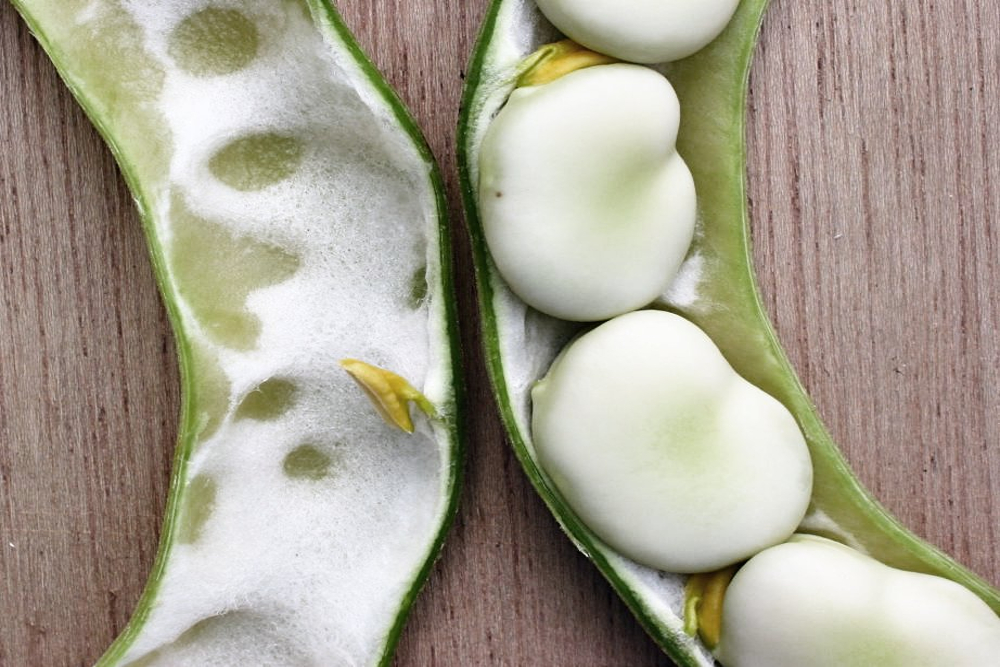
Modern Benefits from Ancient Seeds: The Hunt for Wild Fava
Could six, tiny, 14,000-year-old seeds improve the way the world eats today? A physically miniscule finding at a prehistoric campsite at the el-Wad Terrace in Mount Carmel, in Northern Israel, has provided a big clue in a mystery that’s confounded scientists for years—one that could prove important to global crop health and diversity.
January 12, 2017 | Source: Civil Eats | by Lela Nargi
Could six, tiny, 14,000-year-old seeds improve the way the world eats today? A physically miniscule finding at a prehistoric campsite at the el-Wad Terrace in Mount Carmel, in Northern Israel, has provided a big clue in a mystery that’s confounded scientists for years—one that could prove important to global crop health and diversity.
After considerable study, it turns out the seeds are wild ancestors of Vicia faba, commonly known as the fava bean. Fava is considered by the conservation organization Crop Trust to be one of the most important crops in some parts of the world. Fava’s health is a critical matter even in places where people don’t consume it very much: it’s the most effective natural nitrogen fixer known to agriculture.
Nitrogen is essential to building nutrient-rich soil, but it’s quickly used up by cereal crops like wheat, which, when eaten in conjunction with fava and other legumes, provide an inexpensive, balanced diet to the world’s estimated 375 million vegetarians. Any crop’s wild ancestors hold important information about how to make modern domesticated varieties more resistant to disease, drought, and other devastating effects of climate change. But traces of a wild ancestor of Vicia faba, long presumed extinct, proved utterly elusive—until el-Wad.
The six seeds, each measuring about 5 millimeters in length, were discovered by paleobotanist Valentina Caracuta; she published her findings in Scientific Reports this past November. Caracuta dug the seeds up from the earliest levels of an ongoing excavation of a Natufian habitation. The Natufians were a hunter-gatherer culture that inhabited the Levant (or eastern Mediterranean) from about 13,000 to 9,700 BCE.
Caracuta and Elisabetta Boaretto, director of the DANGOOR Research Accelerator Mass Spectrometry Laboratory at the Weizmann Institute of Science in Rehovot, Israel, put the seeds through a variety of tests: measuring them via CT scan; analyzing the length of their hilums (the points where seeds attach to their pods) and radicles (basically, their roots); and finally, reducing them to tiny piles of graphite so they could date them.
In the end, Boaretto and Caracuta concluded that the seeds were indeed members of the Vicia faba species, and that they were about 14,000 years old. Since fava was not domesticated until a little over 10,000 years ago—and since the Natufians did not grow crops—it became clear that the seeds were the long-lost and highly coveted wild fava. “Now we know,” says Boaretto, “that in Mount Carmel, natural fava would survive.”
